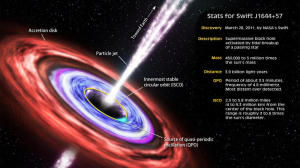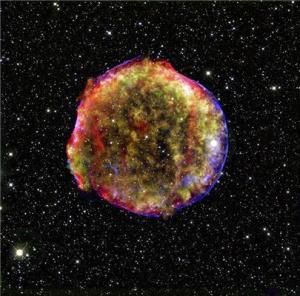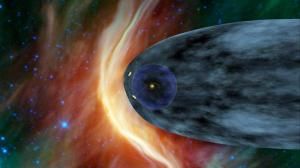Pasadena, California - After a journey of 354 million miles, a spacecraft approaching Mars at 13,200 mph is on course to land inside its sweet spot early Monday.
The landing is one of the riskiest ever tried, and the descent is what NASA officials call "seven minutes of terror."
Nonetheless, the spacecraft carrying the Mars rover
Curiosity is on target "to fly through the eye of the needle" and touch down within its five-by-13-mile landing elipse, said Arthur Amador, mission manager of the Mars Science Laboratory. "We're . . . in as good shape as we could hope for."
Yet with so much riding on the $2.5 billion mission, he said at a news conference, "we're often reminding each other to keep breathing."
The spaceship is on course to enter the Martian atmosphere at 1:24 a.m. Eastern time on Monday.
Because the rover is so much larger, more complicated and more ambitious than earlier models, it has to land in a new and far more hazardous way. The landing, which could never be tested in full on Earth, includes a hovering rocket stage, a kind of sky crane, to lower it to the ground. NASA's chief scientist John Grunsfeld has said that because of that heightened landing difficulty, in addition to the unprecedented sophistication of the instruments on board,
Curiosity is "the most important NASA mission of the decade."





